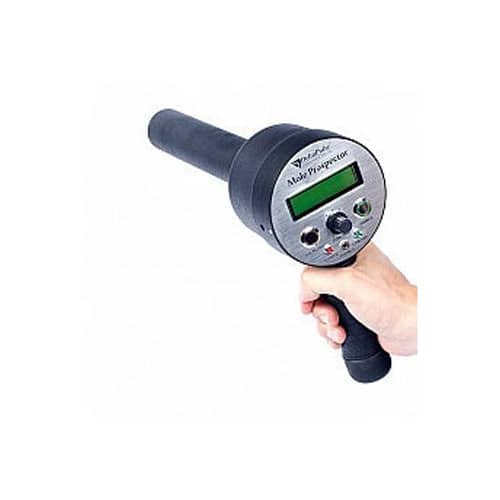Numerous small scale miners (particularly novices) have considered a long-range metal detector for searching for fortunes covered somewhere deep down in the ground. The gadgets are “designed” to locate a wide range of things, for example, gold, silver and even diamonds deep into the ground.
Treasure hunters who have utilized these detectors have discovered that they don’t work. This has caused plenty of grievances online previously. If you have never used a long-range metal detector and you are thinking about getting one, then this article is for you and we suggest that you continue reading.
They are Fake. They don’t work. Here’s Why…
What are Long Range Metal Detectors?
Long-range metal detectors guarantee to have the capacity to detect gold very deep underground where normal metal detectors can’t reach. They come in different designs. There is normally a control box and pointers.
There are always new & improved versions of long-range metal detectors that claim to be more accurate than the previous versions. The majority of these new versions utilize electronic circuits to test for long-range metal objects. They operate at higher search frequencies than normal metal detectors and guarantee that they discover any treasure inside their excessively long range.
Specialists who have inspected the design and inner workings of the long-range metal detectors have discovered that they cannot meet the claims made by their producers.
Faulty Science
The majority of long-range metal detector manufacturers claim that their long-range metal detectors emit electromagnetic signals that are set to respond to a given metallic item such as diamonds or gold, then the gadget will point to the position of gold deposits deep underground by indicating the change in direction to its operator.
This principle as applied in the devices has no basis in science. Truth be told, the reverberation standard as clarified by the makers of the long-range metal detectors doesn’t work in lab settings and in this way can’t work in real-life circumstances.
The Inverse Square law restricts the effectiveness in terms of the signal strength emitted by the long-range metal detectors.
To produce signals strong enough to overcome the great resistance provided by the soil, hit the target 50m deep in the soil and then bounce back to indicate the presence of a target, needs more current than what the long-range metal detectors use.
The majority of long-range metal detectors use low current 9v or AA cells. This alone would make it impossible to detect anything with such systems at great distances and depths.
I know quite a few gold prospectors who utilize metal detectors to discover ounces and even pounds of gold consistently. What do they use?
Handheld metal detectors from respectable organizations like Minelab, Garrett, Fisher, Nokta, XP. Notable organizations that have delivered quality metal detectors for quite a long time.
Long-range metal detectors are phoney. Easy. If you squander your cash on the one you will be painfully baffled.

Dear Sir.
this article is amazing and it saves me from buying such fake devices.
I want your opinion as expert about ground 3D scanning devices like GER easy way and similar devices.
are they real 3D scanning items ? I can see the color scale for the underground to detect the cavity and the metal ?
I really appreciate your help